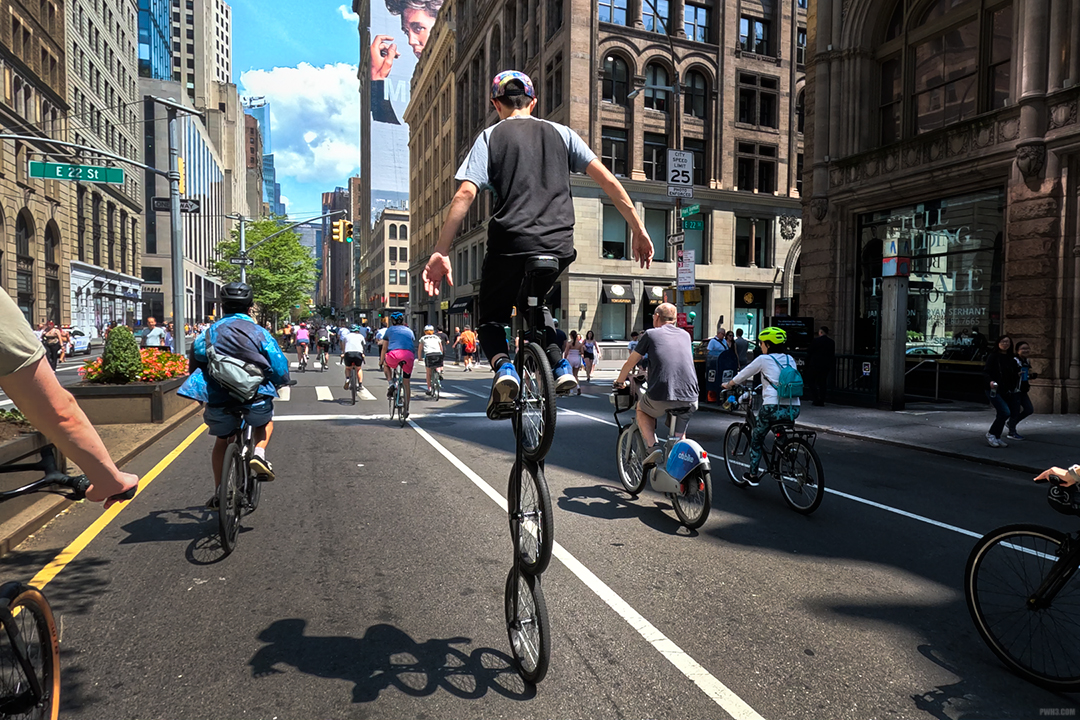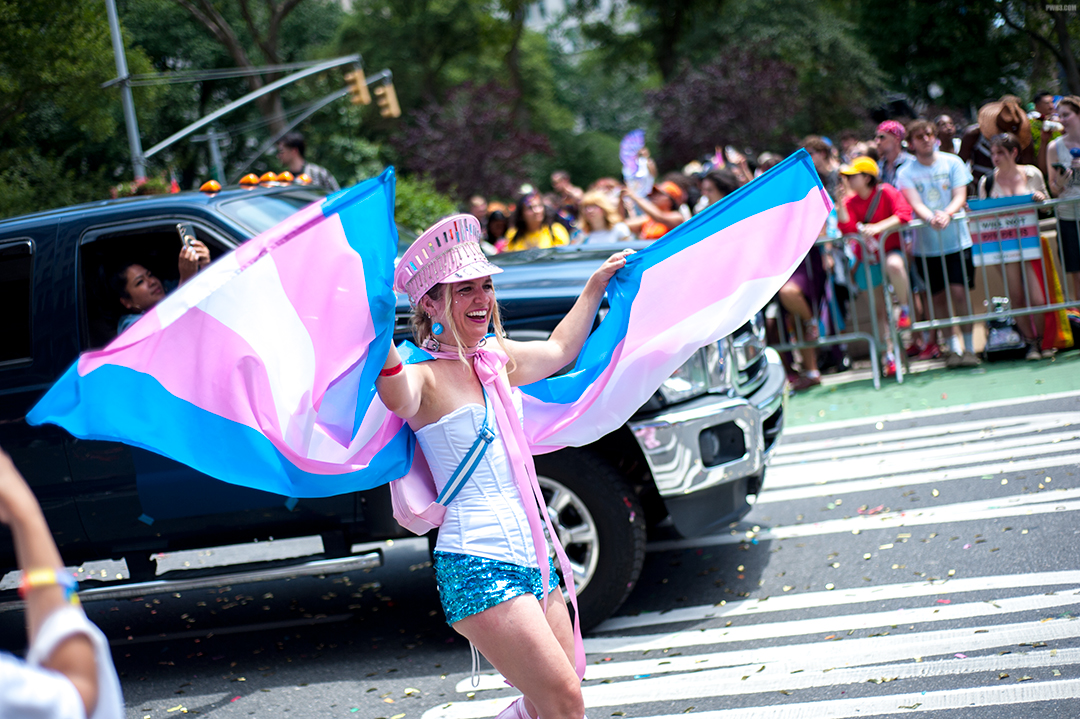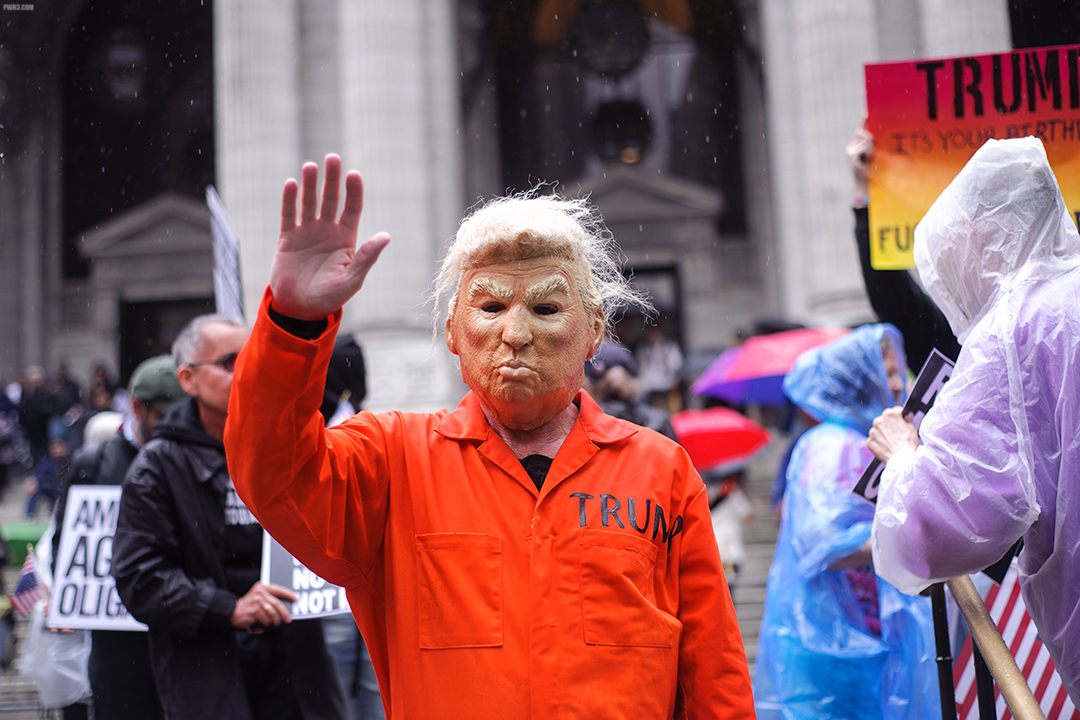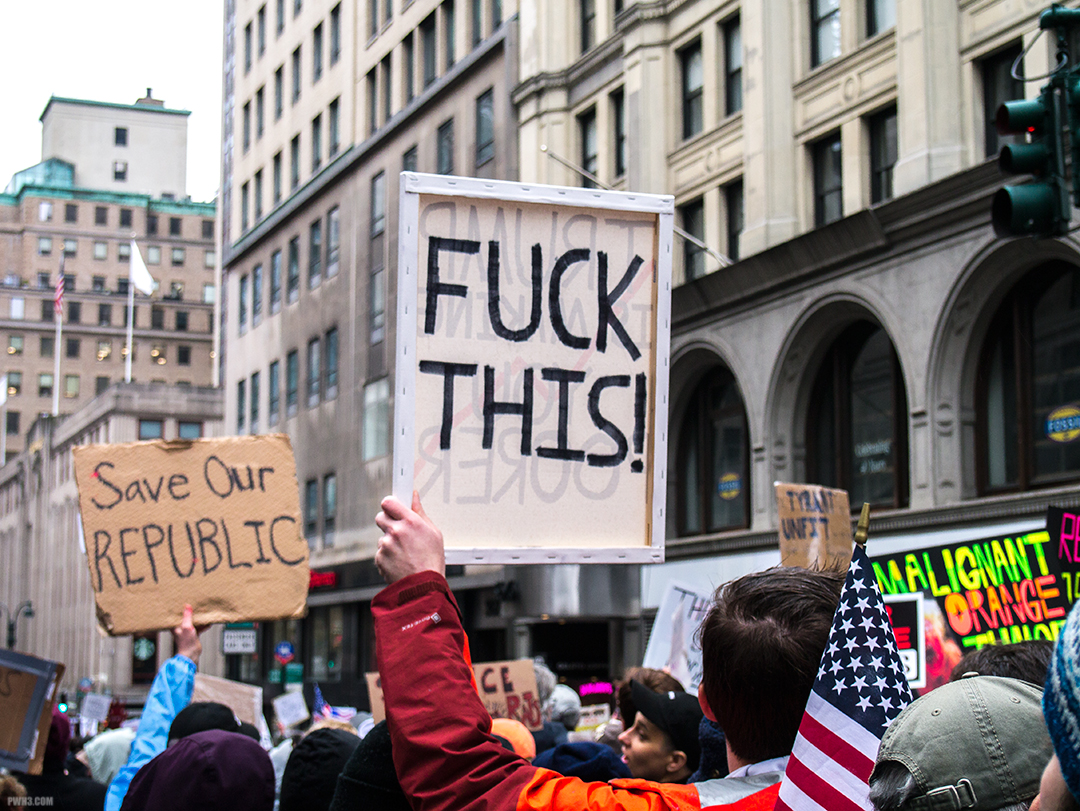Summer Streets, August 2nd, 2025

A short 4K video taken at the 2025 Summer Streets event in Manhattan on August 2nd, 2025.
Watch on YouTube
Bronx Summer Freestyle event at Orchard Beach, July 19th, 2025

Photos from the Bronx Summer Freestyle event at Orchard Beach, July 19th, 2025 in New York City.
Continue reading
Pride March, June 29th, 2025

Photos from the Pride March, June 29th, 2025 in New York City.
Continue reading
No Kings Rally and March, June 14th, 2025

The No Kings Day nationwide protest was organized in response to Donald Trump's military parade in Washington DC. Ostensibly, the parade was meant to celebrate the 250th Anniversary of the United States Army. In reality, Trump organized it for his birthday (which by an unfortunate coincidence falls on the same day as the Army's birthday) because he wants to be praised, fawned over and worshipped like a king.
Continue reading
Tips For Photographing a Political Rally or March

Photographing a political rally or political march can be both exciting and exhausting. In order to properly capture the event, you'll essentially have to be a participant: you'll assemble where the protestors assemble, listen to the speakers of the event, and go where the march goes. Here are some of my tips for covering a political march.
Continue reading
NY Liberty Victory Parade, October 24th, 2024

A victory parade and ceremony was held in Lower Manhattan in the Canyon of Heroes to honor these amazing athletes.
Continue reading
How to do Event Photography

Event photography isn't easy. Successfully photographing an event will usually involve hours of work. You'll be standing on your feet for a long time, and carrying heavy camera gear, all while surrounded by a sea of people. You'll have to compose shots quickly, and if a special or unique moment happens, you will never get a second chance to capture it, so you must be alert at all times.
Continue reading